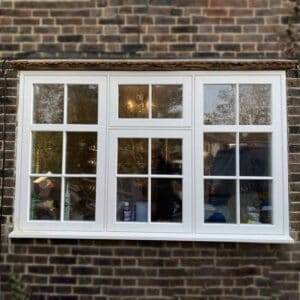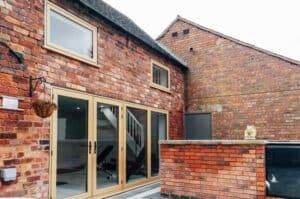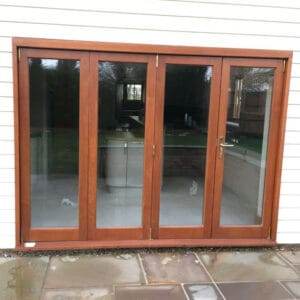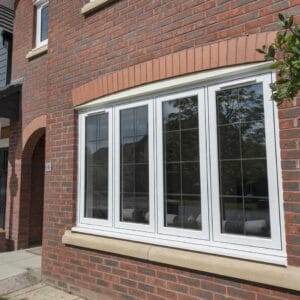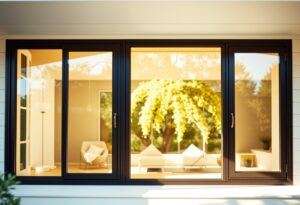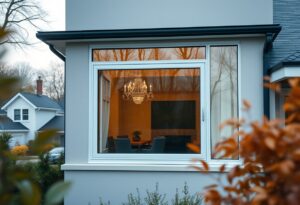Obtaining a comprehensive understanding of the process of installing PVC windows is crucial to ensure a successful and secure installation. In this guide, we will walk you through the key steps involved in the installation of PVC windows, providing essential tips and highlighting important safety measures to be taken. For a detailed step-by-step guide, you can refer to How to install a PVC window on HowToSpecialist.com. Taking proper precautions and following a systematic approach will not only ensure a seamless installation process but also contribute to the longevity and efficiency of your PVC windows.
Key Takeaways:
- Proper measurement and preparation are essential before installing PVC windows to ensure a perfect fit and avoid any potential issues in the future.
- Use high-quality materials and tools to ensure the durability and longevity of the PVC windows installation.
- Follow the manufacturer’s instructions carefully to ensure the correct installation process and to avoid voiding any warranties.
- Ensure proper sealing and insulation around the window frame to prevent any drafts or water leaks, which could lead to future issues.
- Regular maintenance is crucial to keep PVC windows in optimal condition and prolong their lifespan.
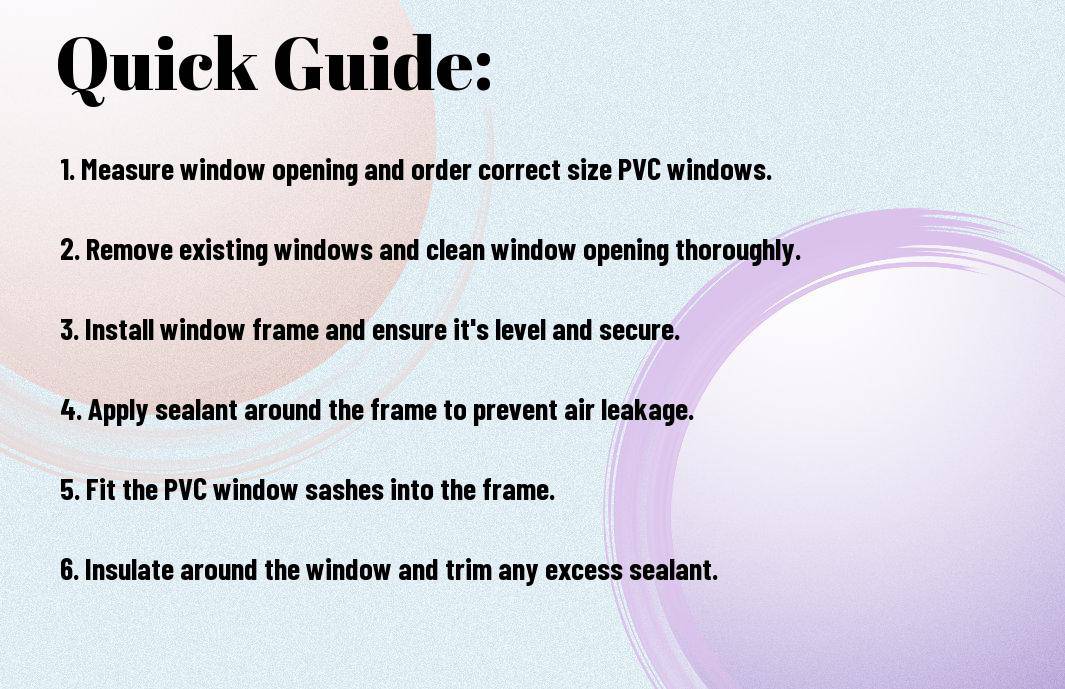
Types of PVC Windows
When it comes to PVC windows, there are several types to choose from. Each type has its own unique features and benefits, so it’s important to understand the differences before making a decision.
Here is a breakdown of the most common types of PVC windows:
- Casement Windows
- Sliding Windows
- Tilt and Turn Windows
- Custom and Specialty Windows
Thou it’s crucial to weigh up the pros and cons of each type before deciding which one is right for your home.
Casement Windows
Casement windows are hinged at the side and can either swing inwards or outwards. They provide excellent ventilation and are easy to clean due to their design, making them a popular choice for many homeowners.
Sliding Windows
Sliding windows have panels that move horizontally along a track. They are a great option for areas with limited space as they do not protrude outwards when opened. Their sleek and modern design makes them a favourite among homeowners who want a contemporary look for their property.
Additionally, sliding windows are known for their energy efficiency and sound insulation properties, making them a practical and stylish choice for any home.
Tilt and Turn Windows
Tilt and turn windows offer both tilting inwards for ventilation and turning for easy cleaning and maintenance. They provide a high level of security and are versatile in their functionality, making them a top choice for many homeowners.
Furthermore, tilt and turn windows are weather-resistant and provide excellent insulation, helping to keep the home comfortable in all seasons.
Custom and Specialty Windows
Custom and specialty windows offer unique design options and can be tailored to fit specific architectural requirements. They provide a bespoke solution for homeowners who want to add a personal touch to their property.
Additionally, custom and specialty windows can be designed to enhance aesthetics and provide enhanced performance in specific environments, making them a valuable addition to any home.
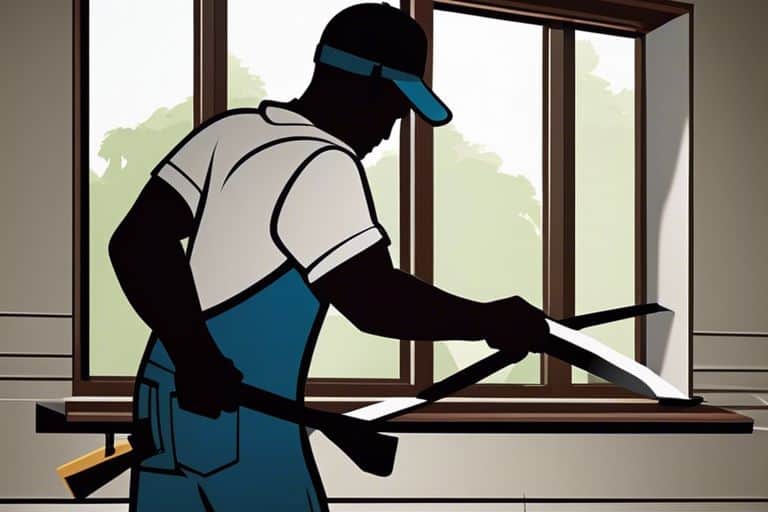
Factors to Consider Before Installation
Before you proceed with the installation of PVC windows, it is essential to consider a few key factors to ensure a smooth and successful process. These factors will determine the type of windows you need, the tools and materials required, and the suitability of PVC windows for your specific climate and environment.
- Environmental factors
- Window size and type
- Local regulations and building codes
- Quality and durability
- Cost and budget
Perceiving these factors will help you make informed decisions and carry out the installation with confidence.
Measuring Your Window Space Accurately
Prior to purchasing your PVC windows, it is crucial to obtain accurate measurements of the window openings. Take precise measurements of the width, height, and depth of the window space to ensure a perfect fit for your new windows. Use a steel tape measure for accuracy and measure from multiple points to check for any irregularities.
Incorrect measurements can lead to ill-fitting windows and may result in draughts and energy loss, so it is imperative to take this step seriously and double-check all measurements before making your purchase.
Choosing the Right PVC Window for Your Climate
When selecting PVC windows, it is important to consider your local climate and environment. Windows designed for extreme weather conditions will provide better insulation and protection against the elements, ultimately improving the energy efficiency of your home. If you live in a coastal area, choose windows that are resistant to corrosion from saltwater and strong winds.
It is also important to consider the U-value and energy ratings of the windows to ensure they meet the standards for your area, helping you save on energy costs and reducing your environmental impact. Additionally, select windows with multi-point locking systems for added security and peace of mind.
Tools and Materials Needed for Installation
Before beginning the installation process, gather all the necessary tools and materials. You will require basic hand tools such as screwdrivers, hammers, and drills, as well as specialised tools such as a glazing shovel and silicone sealant gun. Additionally, ensure you have the appropriate fixings and sealants for securing the windows in place and preventing any leaks.
It is also wise to invest in protective equipment such as gloves and safety goggles to ensure a safe and efficient installation process.
Furthermore, consider purchasing expanding foam to fill any gaps around the window frames, enhancing insulation and preventing draughts. Additionally, have a supply of cleaning materials on hand to tidy up any mess created during the installation.
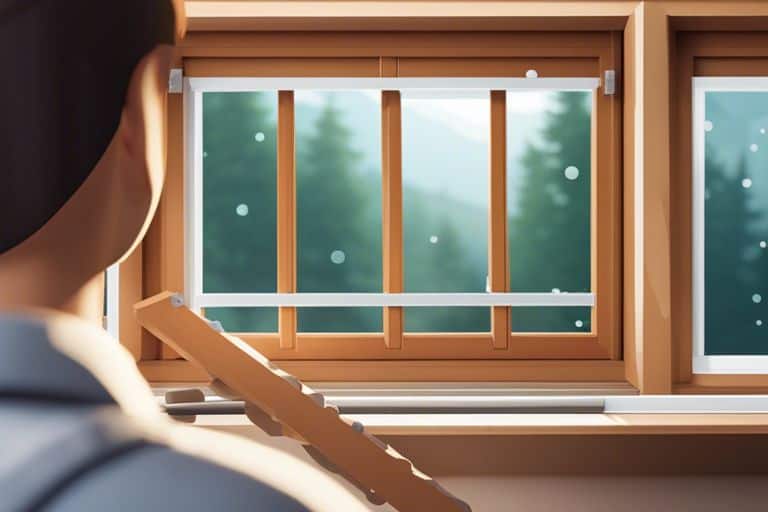
Step-by-Step Guide to Installing PVC Windows
Installing PVC windows is a great way to improve the energy efficiency and aesthetic appeal of your home. Follow this step-by-step guide to ensure a smooth and successful installation.
Removal of the Old Window
Before you can install a new PVC window, you’ll need to remove the old one. Start by carefully removing any trim or caulking around the window frame. Then, using a pry bar, carefully remove the old window sashes. Be sure to take all necessary safety precautions, especially if the window is located on an upper floor.
Preparing the Opening for Installation
Once the old window is removed, it’s time to prepare the opening for the new PVC window. Clean the opening thoroughly, removing any debris or old caulking. Check the opening for any signs of damage or rot, and make any necessary repairs before proceeding with the installation.
It’s important to ensure that the opening is level and square before installing the new window, as any discrepancies can affect the performance and lifespan of the window.
Installing the New PVC Window
With the opening prepared, it’s time to install the new PVC window. Carefully place the window into the opening, ensuring that it fits snugly and squarely. Use shims to make any necessary adjustments, and be sure to check the window for level and plumb as you go.
Once the window is in place, use screws to secure it to the frame, following the manufacturer’s recommendations for placement and quantity.
Sealing and Finishing Touches
After the window is securely installed, it’s important to properly seal the gaps around the frame to prevent air and water infiltration. Use a high-quality silicone caulk to seal the perimeter of the window, taking care to fill any gaps completely.
Once the window is sealed, add any necessary trim or casing to finish the installation, ensuring a clean and professional look.
Inspection and Testing After Installation
After the installation is complete, it’s crucial to thoroughly inspect the window and its surrounding area for any issues. Check for proper operation of the window, as well as any signs of air or water leakage. Additionally, perform a thorough visual inspection of the exterior and interior of the window to ensure a high-quality installation.
Additional Tips and Best Practices
When installing PVC windows, there are some additional tips and best practices to keep in mind to ensure a successful installation. Here are some important points to consider:
- Ensure proper measurement of the window opening before installation.
- Use high-quality sealant to prevent any potential drafts or leaks.
- Check for any obstructions that may hinder the window operation before installation.
- Always follow the manufacturer’s guidelines for installation to maintain the warranty.
This step-by-step guide provides a general overview, but for more detailed instructions and tips, you can refer to How To Install A PVC Window: Quick Tips And Easy Guide …
Maintenance Tips for PVC Windows
Proper maintenance of PVC windows is essential for their longevity and performance. Here are some key maintenance tips to keep in mind:
- Regularly clean the window frames and glass panes to prevent dirt build-up.
- Inspect the weather-stripping for any signs of wear and tear and replace if necessary.
After installing your PVC windows, it’s important to establish a maintenance routine to keep them in optimal condition.
Improving Energy Efficiency
One of the key benefits of PVC windows is their energy efficiency. By improving the energy efficiency of your windows, you can reduce heating and cooling costs while creating a more comfortable indoor environment.
For more information on improving the energy efficiency of your PVC windows, you can refer to the section above or consult with a professional installer.
Pros and Cons of PVC Windows
When considering the installation of PVC windows, it is important to weigh the pros and cons. It is essential to be well-informed before making a decision. Below is a breakdown of the advantages and potential drawbacks of PVC windows.
| Pros | Cons |
| Durable and long-lasting | Not suitable for all architectural styles |
| Low maintenance | Possibility of discolouration over time |
| Energy efficient | Non-biodegradable |
| Good noise insulation | Can be more expensive than other materials |
| Customisable design options | Not as strong as metal or timber windows |
| Resistant to rot and corrosion | Potential for warping in extreme temperatures |
Advantages of Choosing PVC
PVC windows offer several advantages that make them a popular choice for homeowners. Their durability and low maintenance make them an attractive option for those looking for long-lasting and cost-effective window solutions. The energy efficiency and noise insulation properties of PVC windows also contribute to their appeal, providing a comfortable and peaceful living environment.
The customisable design options of PVC windows allow homeowners to tailor their windows to their specific needs and aesthetic preferences, adding a personal touch to their property.
Potential Drawbacks
While PVC windows offer numerous benefits, there are also potential drawbacks to consider. It’s important to note that PVC windows may not be suitable for all architectural styles, and there is a possibility of discolouration over time. Additionally, the non-biodegradable nature of PVC raises environmental concerns.
It is crucial to carefully weigh the pros and cons of PVC windows and consider the specific needs of your property before making a decision. Lastly, it’s important to ensure that the installation is carried out by a qualified and experienced professional to avoid any potential issues.
A Step-by-Step Guide to Installing PVC Windows
In conclusion, installing PVC windows can greatly benefit your home in terms of energy efficiency, security, and aesthetics. By following the step-by-step guide provided, you can ensure that the installation process is carried out effectively and safely. It is essential to carefully measure and prepare the window openings, as well as to follow the manufacturer’s instructions for fitting and sealing the windows. Properly installed PVC windows can contribute to a more comfortable and secure living environment, as well as potential cost savings on energy bills. With the information and guidance outlined in this guide, you can confidently install PVC windows in your home, enhancing its overall quality and performance.
FAQ
Q: What are the basic steps for installing PVC windows?
A: The basic steps for installing PVC windows include measuring and preparing the window opening, ensuring it is level and plumb, applying the sealant, inserting the window, securing it in place, and insulating the gaps.
Q: Why should I choose PVC windows over other materials?
A: PVC windows are known for their durability, energy efficiency, and low maintenance requirements. They also offer excellent insulation and noise reduction properties.
Q: Do I need any special tools or equipment for installing PVC windows?
A: Yes, you will need a range of tools and materials such as a tape measure, level, screwdriver, drill, sealant, shims, insulation foam, and safety equipment like gloves and goggles.
Q: How long does it take to install PVC windows?
A: The time it takes to install PVC windows can vary depending on factors such as the size of the window, the complexity of the installation, and your level of experience. On average, it can take a few hours to a full day.
Q: Can I install PVC windows myself, or do I need to hire a professional?
A: While it is possible to install PVC windows yourself, it is recommended to hire a professional for the best results. Professional installers have the expertise, tools, and knowledge to ensure a proper and efficient installation.

